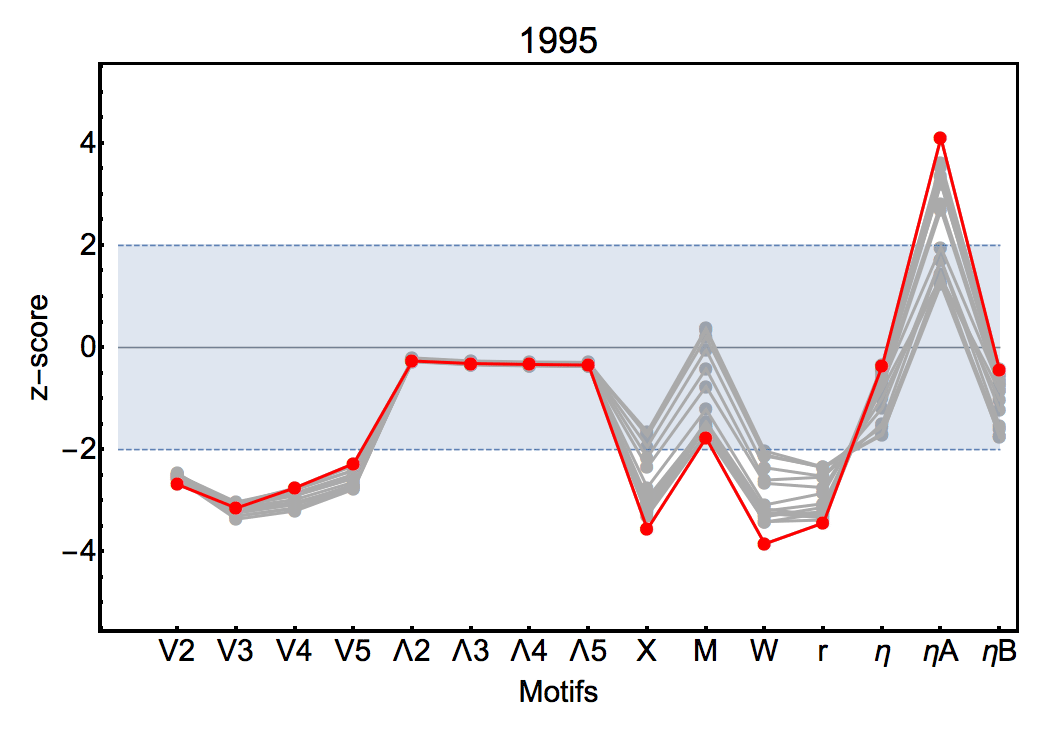Detecting early signs of the 2007-2008 crisis in the world trade

The 2007 worldwide crisis has pointed out the fragility of our financial system, besides confirming the unavoidability of critical events appearing cyclically. Such evidence has motivated scientists (working in fields traditionally distant from finance, e.g. physics) to develop new tools to detect signals of potentially-dangerous events enough in advance to plan policies to overcome them.
However, the vast majority of analyses have focused on interbank networks so far, ignoring the economic counterpart represented, e.g., by the world trade.
Motivated by the evidence that financial and economic systems are tightly intertwined, our paper moves in the direction of identifying clear early-warning signals of the 2007 crisis as changes in the structure of the World Trade Web, i.e. the network of trade exchanges between world countries.
What we observe is a progressive increase in homogeneity of the world countries' exports which appear to become less and less diversified as 2007 approaches. Interestingly, such evidence has a clear interpretation when read from the ecology perspective: as it happens within ecosystems, a decrease in diversification increases the systemic fragility, thus making the world trade more prone to be affected by the 2007 financial crisis.
Noteworthy, what emerges from our analysis is that the most robust signals of the 2007 crisis are provided by the trade activity of developing countries within the most volatile sectors. Such a finding may provide a useful indication to plan a more effective monitoring activity of the worldwide economy, based on the most sensitive indices to its cycles.